Your ultimate guide to training for a sprint triathlon
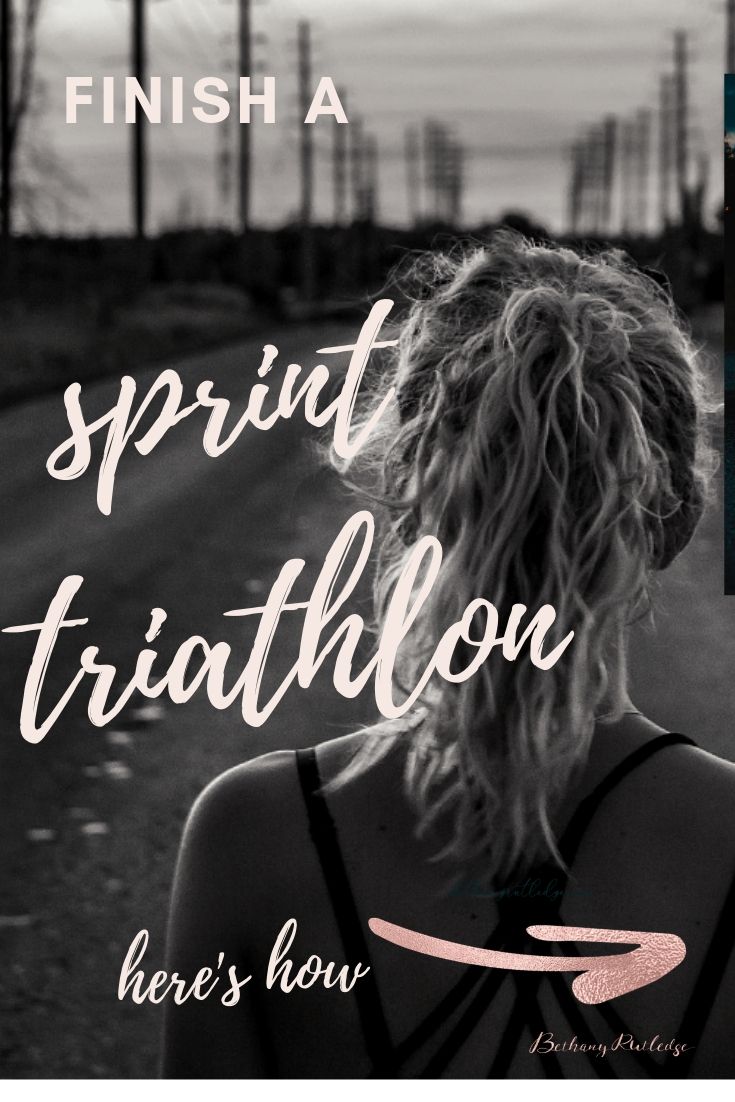
If you can run or walk a mile, you’re ready to train for a sprint triathlon. Don’t believe me?
It’s true! At Atlanta Triathlon Club, we’ve trained all kinds of athletes of all ages, taught hundreds to swim, and helped thousands of excited beginners cross their first finish line.
In this guide, I’ll help you pick a race, plot a training timeline, and look at available training options.
This post contains tons of resources so be sure to check out what’s inside to link directly to your question!
Finally, I’ll share a sprint triathlon training plan I originally wrote and published in Courage to Tri and Triathlete Magazine.
Also, be sure grab my beginner triathlon book—that covers these questions in much greater detail—be sure to check out the roadmap to your finish line: Courage to Tri.

The way I approached sprint triathlon training could be summed in one word: chaos. I’m here to help you approach your sprint triathlon training with a plan—in a saner (and safer) way!
My Sprint Triathlon Training Story
I completed my first triathlon in 2009, but the idea sparked years earlier during my then-current exercise routine—a tortuous out-and-back three-mile jog with a smoke break halfway. I’m not sure how I first thought of it; I was probably craving some fun. Because my “training” was pure drudgery, a punishment jog, a half-hearted attempt to burn a couple calories from the couple thousand extra I’d had the night before.
Physically, I could have finished a race then, if I trained and dropped some bad habits. But mentally I was so far away. Yet, I felt certain I would do a triathlon someday. To remind myself of my dream, I bought the book Your First Triathlon and put it on my coffee table. I wouldn’t think about triathlon again for years, and never imagined that book and a three-mile jog—with a Parliament Light break—would lead to racing all over the world. But they did!
If you can run or walk one mile, you can train to complete a sprint triathlon.
Jim Boylan, Atlanta Tri Club founder
Ten years later, in 2008, I was in a fitness rut. I was about to turn 27, which felt like a banner birthday, delineating official adulthood. I was in the worst shape of my adult life. As a sales rep, my job included schlepping fried chicken and cupcakes to customers, sometimes multiple times per day. My daily exercise had dwindled to walking the dogs. My clothes were getting tight, and I cycled between the same three suits that—I thought—hid my weight gain best. With weight loss as the primary motive, I made an amorphous goal to “get in shape” by my birthday.
I needed something big and scary to motivate. John and I joined an outdoor bootcamp that consisted of daily push-ups, sit-ups, squats, and running. It was hard, but sticking to my goal, and seeing improvement was exciting. After a few months I almost forgot my birthday goal and enjoyed the experience for its own sake. It was the first time I’d experienced intrinsic motivation in sport.
But we needed something more. I had googled Atlanta Tri Club online and convinced my husband to join me at a meeting in January 2009. Before my husband John and I attended our first tri club meeting, we had many preconceived notions about triathletes.
Here’s the gist: they would be overly tan, semi-pro athletes with less than 10% body fat who only cared about winning races. They’d be scornful of newbies like us, reluctant to give up trade secrets. They might even laugh at our goal to do a sprint distance triathlon—or worse—tell us we were aiming too high. Silly, right? Yet because of those highly exaggerated fears, we almost skipped the meeting.
But I’m so glad we went. Because none of the above turned out to be true, and that meeting launched us on an exciting journey that led us to race all over the world. We raced IRONMAN Wisconsin, Challenge Roth, and I even went to IRONMAN Hawaii (Kona). Closer to home, we also started managing our triathlon club and opened up a cycling and coaching studio, Energy Lab. The sport gave me so many gifts including the ability to enjoy exercise as something exciting–something more than just a way to “stay in shape.”
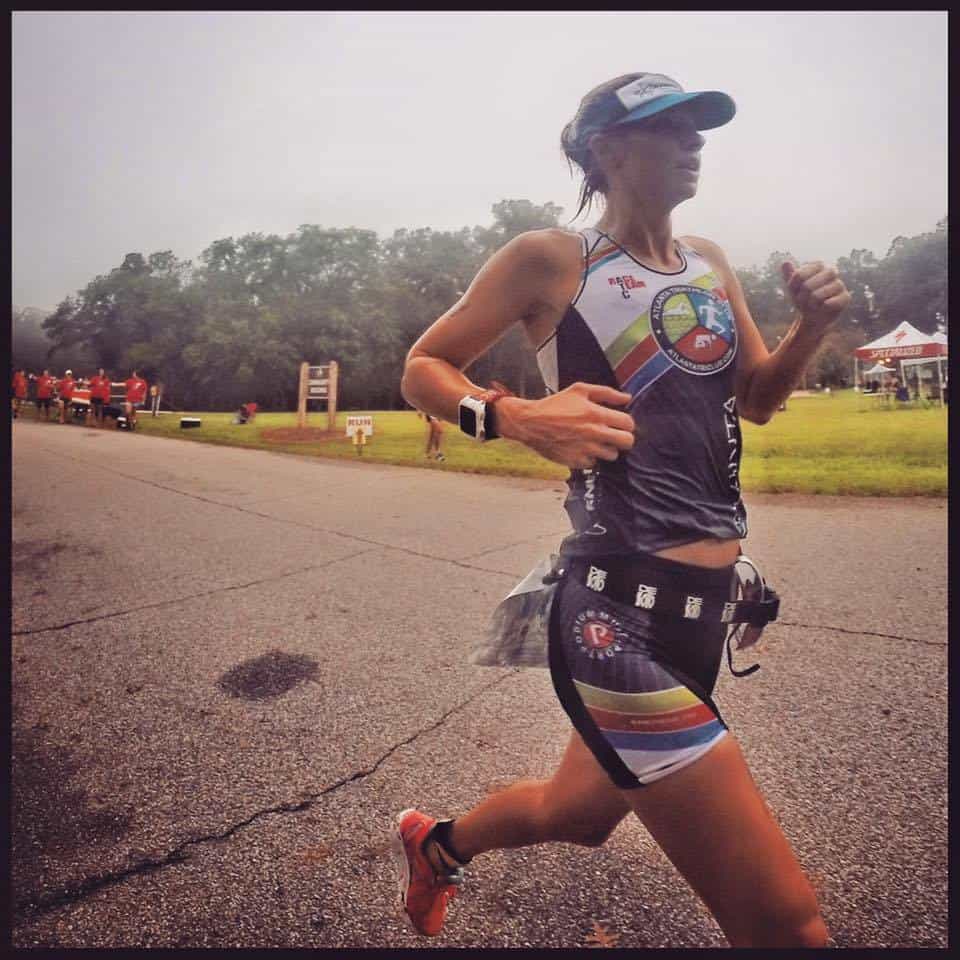
My first triathlon story
Nowhere was my chaos more apparent than the way I picked races. I registered for both the Gulf Coast half iron distance and the John Tanner Sprint on December 8, 2008, prior to any of the other steps such as learning about training or purchasing equipment.
Our team races represent varied options so that each person would have at least one that appealed to their preference and schedule. But I thought one was obligated to do as many of the team races as possible.
I did seventeen races that year, and I’m not sure that included all the run races. Periodization? Training plan? Please. Train as much and as hard as possible was my motto. I’m lucky I didn’t get seriously injured. Since I was brand new, the improvement curve was still steep, which only reinforced my longer, faster, harder motto.
The following year, I hired a qualified coach who served as my voice of reason in training and in race selection.
Fortunately, it’s not too late for you to do things right from the start!
I hope this guide will help you learn about triathlon, select a triathlon, and start training for a triathlon. If you’d like more guidance, I hope you’ll check out Courage to Tri, which I wrote as a literal roadmap for your first race.

What you need to know about triathlon
What is a triathlon?
The usual format for a triathlon today is in the order of swim, bike, and then run, though there are exceptions. If you’ve ever tried to order the sports opposite, you’ll know why.
What distance triathlon should I train for?
Most newbie triathletes start with a sprint distance triathlon. A sprint distance isn’t standard and normally includes a 400 – 750 yard swim, a 10 – 15 mile bike, and a 5k at the end. Although technically you can start with any distance, it’s usually a better idea to start with a short race.
In recent years, I’ve seen a trend where many athletes want to skip the shorter distances. Technically you could train for a double IRONMAN for your first event. That doesn’t mean it’s the best way to progress. Even if your ultimate goal is a longer race, you’ll perform better if you work out the kinks and get used to racing by practicing.
Now let’s say you’re in the opposite situation, and a sprint triathlon sounds too long. There are some options that can make a short triathlon less daunting. You can start with a supersprint triathlon. Like a sprint, the distances aren’t standard, but to give an example, a popular supersprint locally is 200 yards swimming, 10 miles cycling, and a 2 mile run.
If the open water swim portion is an issue, you can start with a race that includes a pool swim. These are fairly common and often take place in the start and finish of tri season—early spring or fall— when lakes and rivers are cold.
Read: Improve your running with these five techniques
How long should I train for a triathlon?
In the preface, I quoted our club founder, Jim Boylan, who would open our tri club info sessions with the following: “If you can run or walk a mile, then you’re ready to train for a sprint triathlon in 10 to 12 weeks.” Having trained hundreds of triathletes directly or indirectly through our tri club, Energy Lab, and corporate programs, I have found this to be true in nearly all cases.
This brings us to our next decision. Just because you can train for a sprint tri in ten weeks doesn’t mean that you should wait until a few weeks out to start. The sooner you start, the better off you’ll be. In other words, yesterday was the ideal day to begin, but today is the next best option.
Now that doesn’t mean you should do as much as possible from day one; rather, you can get in the habit of swimming, biking, and running regularly to build up aerobic fitness prior to specific training before the event. If you have a coach individually or as part of a training group, they can best advise you on your “low hanging fruit” or best area of opportunity to pursue before your race-specific plan starts.
If you’re brand new to one of the sports, then start learning the skills needed to perform that sport, especially if it’s swimming. Above all, you will get in the habit of training in at least one of the sports most days of the week. That way you’ll be prepared to maximize the time when your official training plan starts.
Read: Top tips for running in the heat
How much should I train for a sprint triathlon each day?
If you allot 30 to 45 minutes per workout, five days a week, you should be able to train for and complete a sprint triathlon.

How Do I Pick My First Triathlon?
There are so many races it can be overwhelming to choose. Plus, there are the factors of race distance or timing which expand or limit the options further. Let’s look at some factors to consider:
Distance—You’ll have a better experience if you complete a short race first. Practically, you can work out kinks and improve things like transitions. If triathlon performance is important to you, spend time improving at shorter races to best translate the gained speed to longer races in the future. Resist the peer pressure to go too long too soon and give yourself a few years (preferably) to improve.
Timing—Make sure you have enough time to train. A good timeline for a sprint is about twelve to sixteen weeks. Could you complete one sooner? If you can swim, there’s a good chance you could finish one tomorrow, if forced. But the longer the timeline you give yourself, the more prepared you will be. Conversely, if your timeline is too long (like six months away with no intermediate goal), you’re likely to get bored and burned out.
Camaraderie—Some may think it’s a bad idea to pick a race based on what your friends are doing. Assuming it’s an appropriate timeframe and distance, I disagree. It’s fun to have your friends cheering you on, and you will enjoy cheering them on as well! In our tri club, we have special target races. You know if you sign up for one you are guaranteed an after-party. If you’re not part of a tri club, try putting out an informal poll on Facebook (or ask whoever dragged you into the sport) about the popular races.
Looking for courage to try something new? I’m here for that. Join 1470 others for a mostly-weekly dose of mojo.
What questions do I need to ask about my selected sprint triathlon?
Now that you’ve considered distance, timing, and camaraderie, it’s time to actually pick a race. Trifind.com is a great place to start and lists races all over the US. Using the criteria you developed in the last section regarding timing, distance, and camaraderie, you should have a short list of races that could work.
Next, it’s time to get more dirt on the possibilities. Each race should have a website that lists tons of helpful information:
- Course information—The website will indicate the swim sitch. Is it a pool, lake, or ocean swim? Is the course hilly or flat? Do you have similar terrain on which to train?
- Water temperature—The website should list the typical water temperature and whether the race has been wetsuit legal in the past. If the race is wetsuit legal, do you want to deal with the added complication of procuring a wetsuit? Note: Your training pool is probably 78 to 82 degrees and below mid-70s is the point where you’ll really want to wear a wetsuit.
- Beginner friendly—Are there clues to indicate whether the course is beginner friendly or not?
- Race reports—Look up the name of the race + “race reports.” Unless the race just started, there should be a plethora of information available.
- Ask around—Ask your friends about the race. Is it suitable for a first-timer? Is the course technical? Are there enough aid stations?
- Email the race director—Consider emailing the race director with your questions.

What kind of support will I find at a triathlon club?
Triathlon clubs run the gamut from online only organizations to those that offer in person training seven days per week.
At Atlanta Tri Club, we offer group training and an awesome social environment—for all levels!
Our connectors mentoring program helps new members integrate into the club.
Club socials and parties, race day tents and activities, and friendly club competitions make #atclove a way of life
Check out an overview of our swim, bike, run, and fun.
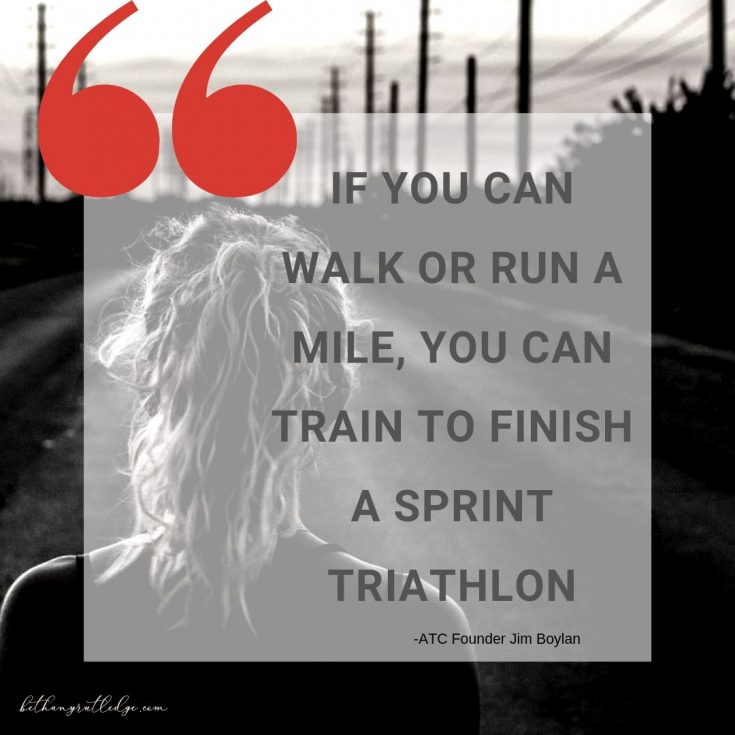
Should I hire a triathlon coach?
Should you hire a triathlon coach? Contrary to what many believe, a coach is not only for advanced athletes or someone whose primary motivation is performance. The benefit of getting a coach at all levels is that you can outsource a lot of the things you would need to learn on your own. Instead of learning the hard way that, say, you should get a bike fit before buying a bike, you can have someone tell you things like that.
They can also help you be more efficient with your time and money. I’ve worked with many athletes who need to make their training time as efficient as possible. For example, if you work a busy job, have kids, and want to complete an IRONMAN, you have little time to waste making mistakes in training. You need to streamline your efforts while also having the confidence you’ve done the right training to successfully cross the finish line.
Let’s say you’ve decided to take the plunge and look for a coach. Ideally you should interview several. As you speak with different coaches, keep in mind that a very important element is personality fit. Every coach should “meet the client where they are” to some degree; however, you, as a client, may be looking for different amounts of accountability, technical knowhow, and nurturing, etc.
One piece of information you should share with potential coaches is your “driving why,” which we talked about in an earlier chapter. Is your main motive social, competitive (with oneself or others), or something else? Is the social, in-person aspect important to you, or is coaching more of a logical process? The analytical coach focused on performance may not be the best fit for a newbie athlete aiming to cross their first sprint finish line.
Read: Check out our coaching options available at Energy Lab
What should I look for in a triathlon coach?
Here are some of the coaching options you will see:
In-person coach—An in-person coach is someone you may see at training sessions or who may occasionally train alongside you. It’s someone you can look in the eye when you tell them about your goals, wins, and areas of improvement. An in-person coach works well for someone who is motivated by social reasons.
Online coach—An online coach can be just as helpful depending on your needs. If you’re the type of person who is busy, travels, has a young family, and basically needs to wring every bit of value out of every second of the day, then an online coach may be for you.
Deirdre, who shared her story earlier, is an athlete I’ve coached remotely through the popular software TrainingPeaks. Her situation is a little different in that she was local, but we maintained coaching when she moved. Deirdre has noticed some benefits to online coaching. “Everything is available instantly, and it helps you stay organized. Yes, you do miss the one-on-one interaction, but you have now a bigger pool of coaches you can choose from.”
Hybrid options—Check to see if there are hybrid options in your community. In ours, we’ve offered an option that is a mixture of coaching and group training. The athlete receives a plan specific to their race along with group interaction and coach support.
Triathlon clubs—I have mentioned tri clubs in passing several times, but I cannot say enough about how wonderful they can be. Social support and having friends who’d rather meet you at a bike ride than happy hour (or at least meet you at happy hour after a bike ride) will go a long way toward your enjoyment and longevity in the sport. If you’re not sure about the coaching option, then joining a tri club is also a great way to gain access to local coaches.
Will you work well with a triathlon coach?
In my experience, coachable athletes have several things in common. They all have a strong desire to improve, and they aren’t sure of their limits. Instead of adhering to a rigorous high bar that may or may not be feasible, they accept that nothing is certain and are willing to work hard and see where they land. They are happy with their progress but never satisfied because there is always more to improve. The coach–athlete relationship goes both ways, too. Over the years, athletes have inspired me to strive to be better, be more committed, and be kinder to myself.
Takeaway: Signing up for a race is a great way to keep on task and amp up the excitement as you prepare to start training. Resist the temptation to “go big” by signing up for a really long or epic race for your first. While you’re researching various race options, look into local training groups or coaches.
Do you offer triathlon coaching?
At Energy Lab, our certified coaches help athletes of all levels from first time sprint finishers to National Championship Qualifiers and race winners. They work as a team using the latest technology and research to optimize your training while keeping things process oriented and positive.
We are accepting applications. Filling out the application is your first step towards coaching. Afterward, a coach will call you to discuss your goals and find the best fit.
I hope this article helped you plan how to tackle you very first sprint triathlon—in 2019 or beyond! If you sign up for a race after reading, comment and let me know!

Your roadmap for training: train for your first 5k or sprint tri with Courage to Tri
Want help taking your run to the next level this year? Start by filling out our one on one coaching application or check out our schedule for group training!
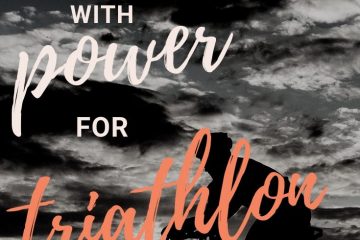
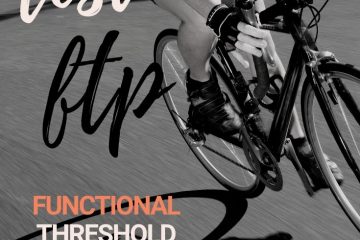

9 Comments
Amanda · May 7, 2019 at 6:28 pm
This is super helpful! I did several tris before my kids were born and they were my favorite races!
Tracy · May 8, 2019 at 5:03 pm
This is great! I have done a few half marathons and just signed up for my first full marathon. A triathlon is definitely the next challenge I want to tackle.
Abbey Sharp · July 3, 2019 at 12:08 am
I don’t think i see a triathlon in the near future, but if i do, i will definitely be referring to this post. Thanks for sharing your expertise love
Leslie · July 3, 2019 at 1:51 pm
This post is very encouraging! Loved reading about your journey. Thanks for sharing!
Natalie · July 3, 2019 at 8:41 pm
Your story is very inspiring. Thank you for sharing all this info. I find triathlon so hard and challenging. But this guid surely helps.
Lorie · July 3, 2019 at 9:52 pm
Wow. So inspiring! Just sent his to my friend who is currently in training. Thanks so much!
The #1 way to get (and stay) motivated for running in 2019— Bethany Rutledge · May 20, 2019 at 5:27 pm
[…] Ultimate guide to planning your first sprint triathlon […]
13 tips to nail your run training plan — Bethany Rutledge · June 1, 2019 at 1:31 pm
[…] Ultimate guide to planning your first sprint triathlon […]
From Zero to 5k in 8 Weeks l 5k Training Plan — Bethany Rutledge · June 4, 2019 at 9:13 pm
[…] Ultimate guide to planning your first sprint triathlon […]
Comments are closed.